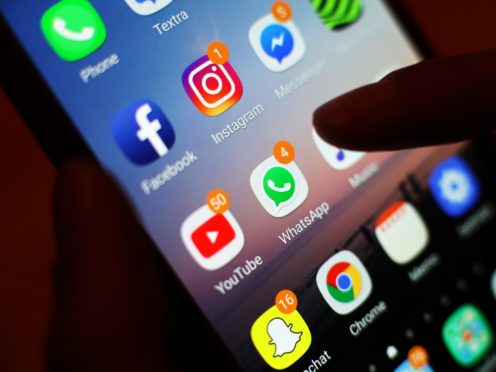YouTube has been challenged over how much it pays musicians per stream in an exchange with MPs.
The platform’s director of government affairs and public policy Katherine Oyama appeared before the Digital, Culture, Media and Sport Committee on Wednesday to field questions over its revenue model.
She said it was “absolutely on par” with rival services such as Spotify, Apple Music and Amazon Music.
Committee chairman Julian Knight put figures to her that said artists on YouTube were paid a lower figure of 0.05p for every stream.
Ms Oyama said the figure “does not sound right to me” but that it was difficult to calculate a per-stream rate because the platform used an ad share method.
In our #MusicStreamingInquiry session, we're questioning:
🎵Geoff Taylor, @bpi_music🎵Roberto Neri, @the_MPA🎵Horace Trubridge, @WeAreTheMU🎵Graham Davies, @IvorsAcademy
🎵Katherine Oyama, YouTube🎵Raoul Chatterjee, SoundCloud🎵Steve Bené, Twitch https://t.co/dgNJgBO5Yr
— Digital, Culture, Media and Sport Committee (@CommonsDCMS) February 10, 2021
But she added: “Even on that analysis, although it is not a metric that we rely on, the research that I have seen that does analyse it has us absolutely on par with them.”
Mr Knight criticised the Google-owned company as “almost a state unto yourself” and accused it of “damping down another industry”.
“You are becoming effectively almost like a gangmaster,” he said.
Ms Oyama, who appeared after two sessions featuring various representatives from the British music industry, responded by suggesting the problem lay with the sector itself.
She said: “I think what is happening in the first panel today was a little bit of a distraction to alleviate hard questions about their own industry frankly.
“And it is true, not all artists are having the same experience. We would love every artist on YouTube to receive a Brit Award and be successful. We know that is not the case.
“What our job is is to empower as many artists as possible who have creativity, who have access to broadband, to get a chance.
“I do think there has been a lack maybe of some other voices as part of this process. I would be so happy to recommend some.”
Her comments followed an appearance from Geoff Taylor, chief executive of the British Phonographic Industry (BPI), which represents record labels, who claimed YouTube is paying only “a tiny fraction” of what it should in music-streaming revenue.
The BPI has argued there should be no extension of safe harbour to YouTube – a view echoed during the inquiry by musicians including Tom Gray of the Broken Record group.
The laws in question govern online services hosting user-generated content and spare them from liability for copyrighted content being uploaded, as long as they remove it when notified.
In her session, Ms Oyama argued that “safe harbours have really powered the user-generated content movement that we are seeing”.
She added: “If we look at the economics of our business, in the panel before someone had mentioned a statistic that we are proud of, that we have sent 12 billion dollars to the music industry.”
Asked whether YouTube’s risk and reward were balanced, Mr Taylor told MPs: “They have established and run a platform. That involves some element of risk.

“But we think the ratio of their risk and reward is out of kilter because they are growing this business as part of an enormous advertising empire across all of Google’s services and yet they are paying such a tiny fraction.
“The differential between what YouTube pays and what Spotify and Amazon Music and other services pay is so huge – and that is entirely caused by the fact that their position on the safe harbour is that they don’t necessarily need a licence when their users upload.
“They could operate without a licence. That has resulted in a massive underpayment by YouTube to the music industry.”
Mr Taylor said that in 2020 the BPI received “something like £35 million in the UK for all the tens of billions of views of music videos” which he said were largely on YouTube.
He said that was “about half what we earn from selling vinyl records – that can’t be right and to me I don’t recognise the projections YouTube has”.
YouTube has claimed it is on course to become the industry’s main source of revenue in five years.
So far there have been no appearances before the committee by executives from Amazon Music, Spotify or Apple Music.
